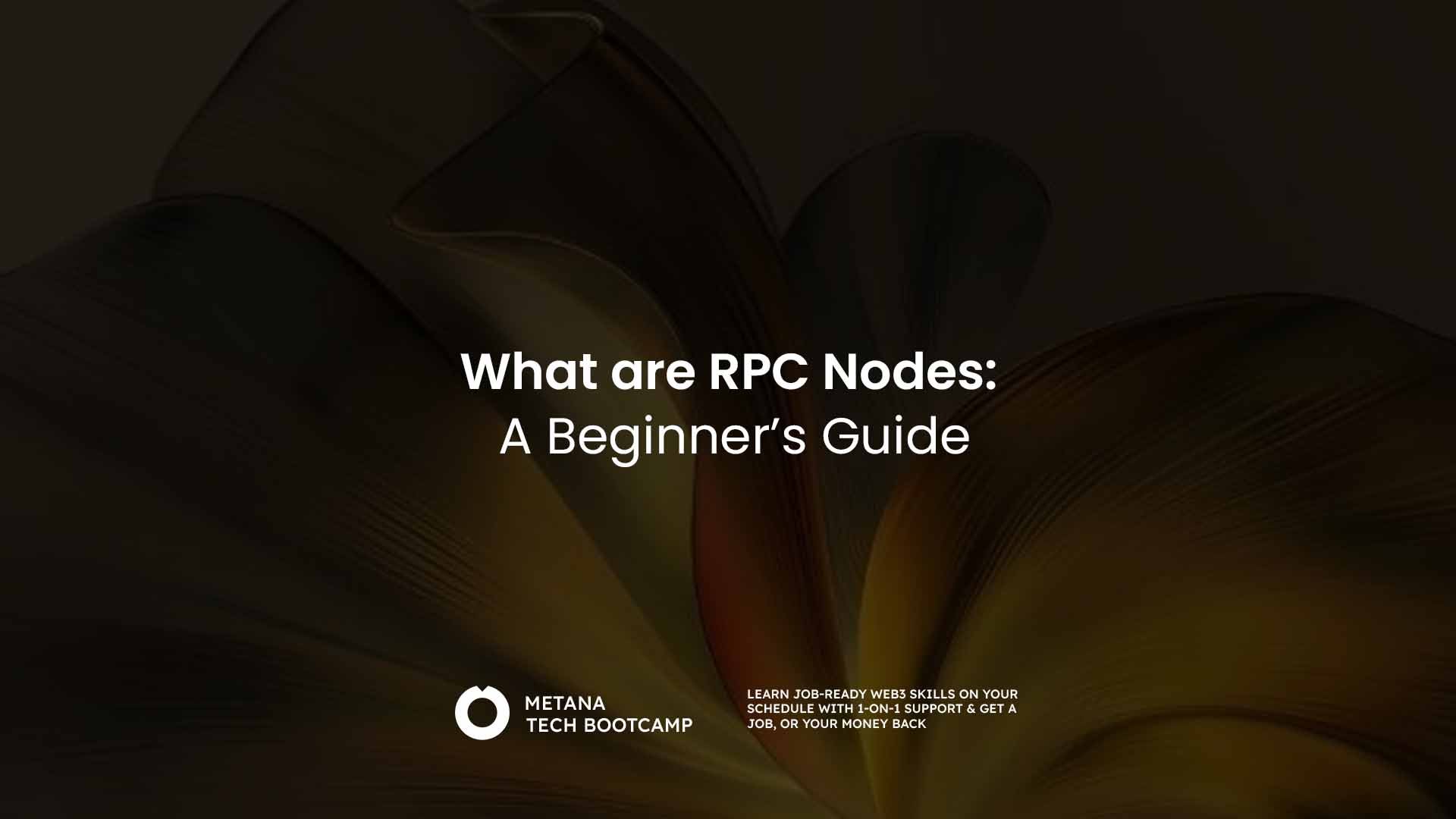
What Are RPC Nodes: Understanding Validator and Blockchain Communication

RPC Nodes Beginner Guide
RPC (Remote Procedure Call) nodes serve as critical intermediaries between blockchain applications and the network. They process requests from decentralized applications (dApps), enabling them to interact with the blockchain by reading data and submitting transactions.
Think of an RPC node as a translator between your application and the blockchain. When you interact with a dApp – whether buying NFTs, trading tokens, or using DeFi protocols – you're communicating through an RPC node.
These nodes perform three essential functions:
- Reading blockchain data (account balances, transaction history)
- Broadcasting new transactions to the network
- Maintaining network synchronization
RPC nodes are particularly important because they:
- Provide reliable access to blockchain networks
- Ensure transaction processing and data retrieval
- Enable seamless dApp functionality
- Support network decentralization
For developers, RPC nodes offer standardized methods to interact with different blockchains using JSON-RPC protocol. This creates a consistent way to build and maintain blockchain applications across various networks.
Best practices for using RPC nodes:
- Use multiple nodes for redundancy
- Consider geographic distribution for better performance
- Implement proper error handling
- Monitor node health and performance
- Choose reliable node providers for critical applications
Whether you're a developer building dApps or a user interacting with blockchain applications, understanding RPC nodes is fundamental to participating in the decentralized web ecosystem.
Related Articles
AlgoKit 3.0 Launches with TypeScript Support and Advanced Developer Tools for Algorand

